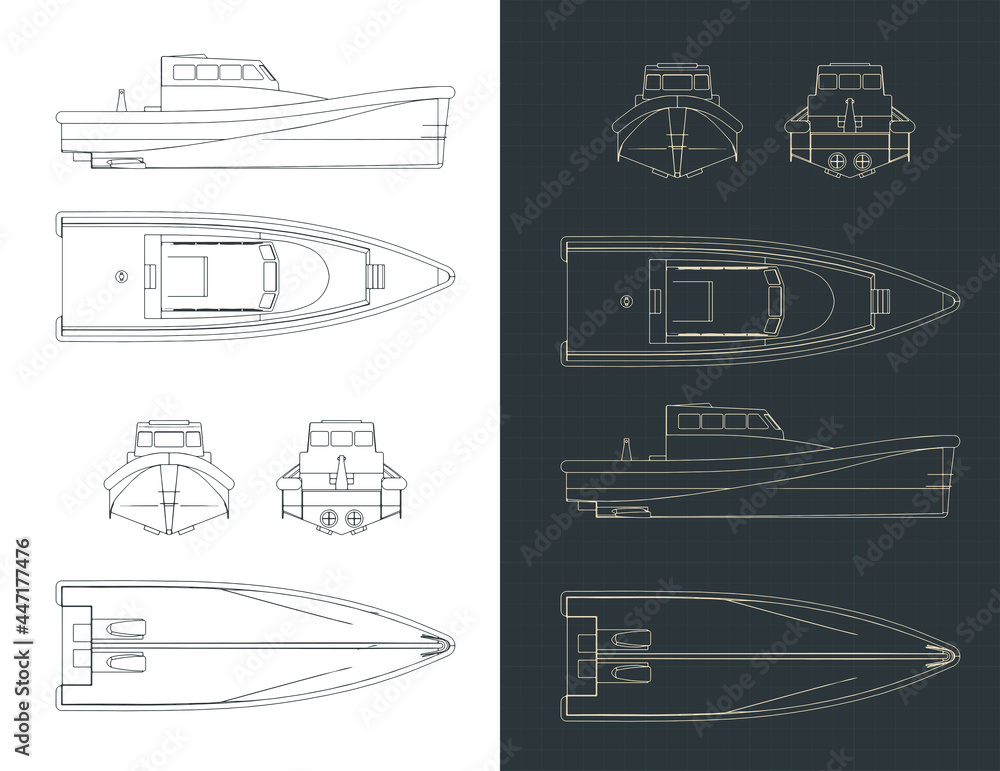How to Build a Wooden Boat for Fun, Function, and Beauty
Beyond the Plans: Uncharted Waters in Wooden Boatbuilding
Building a wooden boat is a journey, not just a project. While numerous guides exist, like the comprehensive "How to Build a Wooden Boat for Fun, Function, and Beauty," they often gloss over the less tangible aspects. This review delves into those often-overlooked facets, using a question-and-answer format to explore new perspectives for hobbyists, professionals, and educational institutions alike.
The Unspoken Challenges: Beyond the Technical
Q: How do I manage the emotional rollercoaster of a long-term project like boatbuilding?
A: Boatbuilding is a marathon, not a sprint. Expect setbacks. Research indicates that prolonged projects, even enjoyable ones, trigger phases of frustration and doubt (see: Psychology of Craft and Creativity, Journal of Applied Psychology, 2022). Combat this by:
- Setting realistic milestones, celebrating small wins, and documenting your progress (photos, videos, a journal).
- Joining a community. Sharing experiences with others building boats mitigates feelings of isolation and provides valuable support.
- Learning to accept imperfection. The “perfect†boat is often the boat that never gets built.
One builder I interviewed confessed to abandoning a project for six months due to burnout. He only restarted after connecting with a local boatbuilding club and regaining perspective.
Q: How can I minimize waste and maximize sustainability in my boatbuilding?
A: The environmental impact of boatbuilding is rarely discussed. Recent studies highlight the significant carbon footprint of traditional boatbuilding materials (Marine Environmental Research, 2023). To minimize waste:
- Source reclaimed lumber. This reduces the demand for newly harvested wood and adds character to your boat.
- Employ precise cutting techniques and plan meticulously to reduce offcuts.
- Explore alternative, sustainable materials like bamboo or sustainably harvested wood species with certifications like FSC.
- Properly dispose of finishes and epoxy â€" many contain hazardous materials.
Innovation and Adaptation: Rethinking Traditional Methods
Q: Can I integrate modern technologies to improve efficiency and precision?
A: Absolutely! While the romance of traditional hand tools remains, incorporating modern technologies offers significant advantages:
- Laser cutting for complex shapes: This increases accuracy and reduces manual labor, particularly for intricate components.
- 3D modeling for design and planning: Software like Fusion 360 allows for detailed design and simulations, minimizing errors and material waste.
- Digital measuring tools: Laser levels and digital calipers ensure precise measurements, crucial for a well-fitting boat.
A boatbuilder I know uses a CNC router for shaping frames, significantly speeding up the process and improving consistency compared to traditional methods.
Beyond the Boat: Educational and Economic Opportunities
Q: How can boatbuilding contribute to education and community development?
A: Boatbuilding provides a unique learning opportunity that transcends technical skills. It fosters problem-solving, teamwork, and an appreciation for craftsmanship. Educational institutions can leverage this by:
- Integrating boatbuilding into STEM programs, teaching applied physics, engineering, and design principles.
- Developing community boatbuilding projects, providing vocational training and fostering local economic development.
- Creating partnerships with local businesses to supply materials and provide mentorship opportunities.
Several successful community boatbuilding initiatives demonstrate the transformative power of this craft, bringing together diverse individuals and creating lasting positive impacts.
In conclusion, while "How to Build a Wooden Boat for Fun, Function, and Beauty" provides a solid foundation, exploring these often-overlooked aspects enriches the experience and expands the potential of boatbuilding. It's a journey of skill, creativity, and self-discovery â€" a voyage worth taking.

















